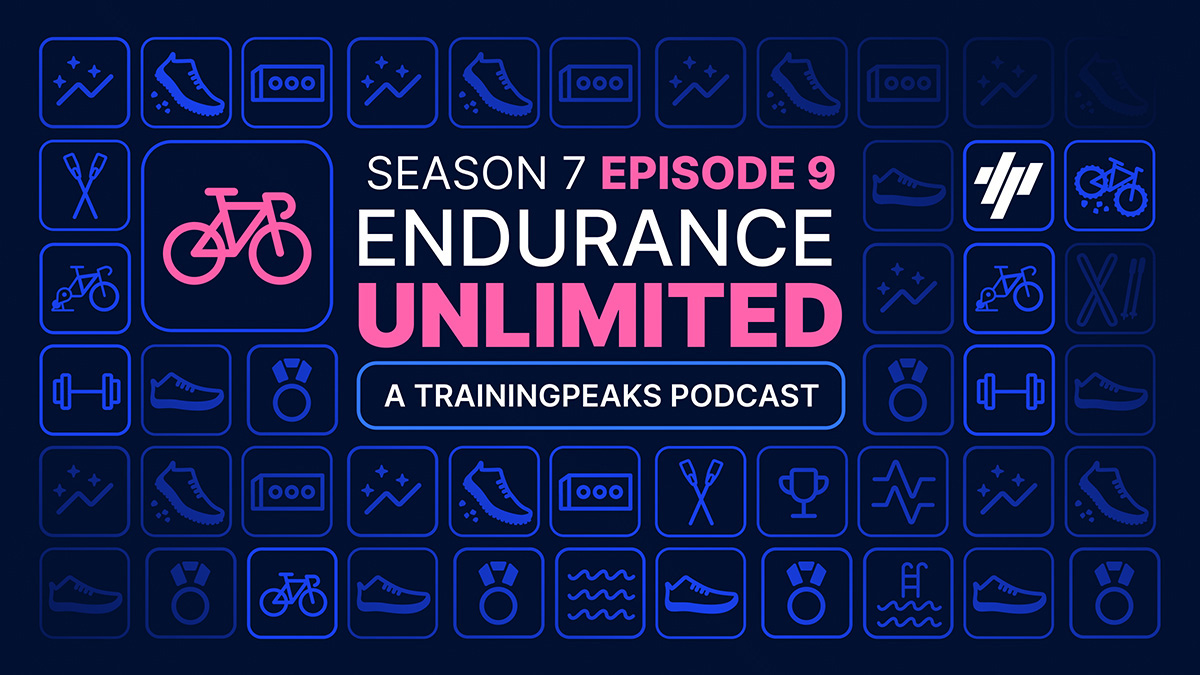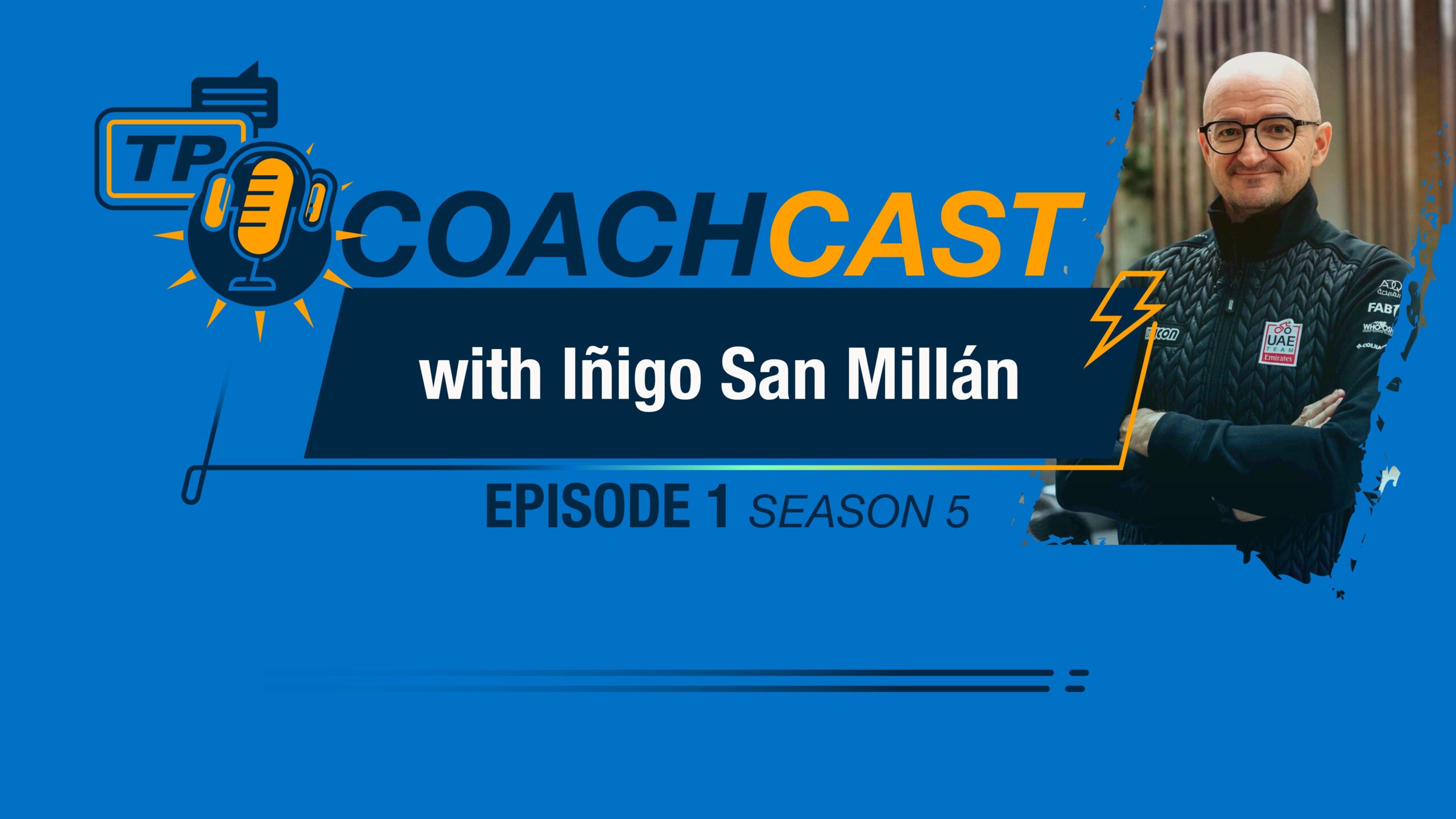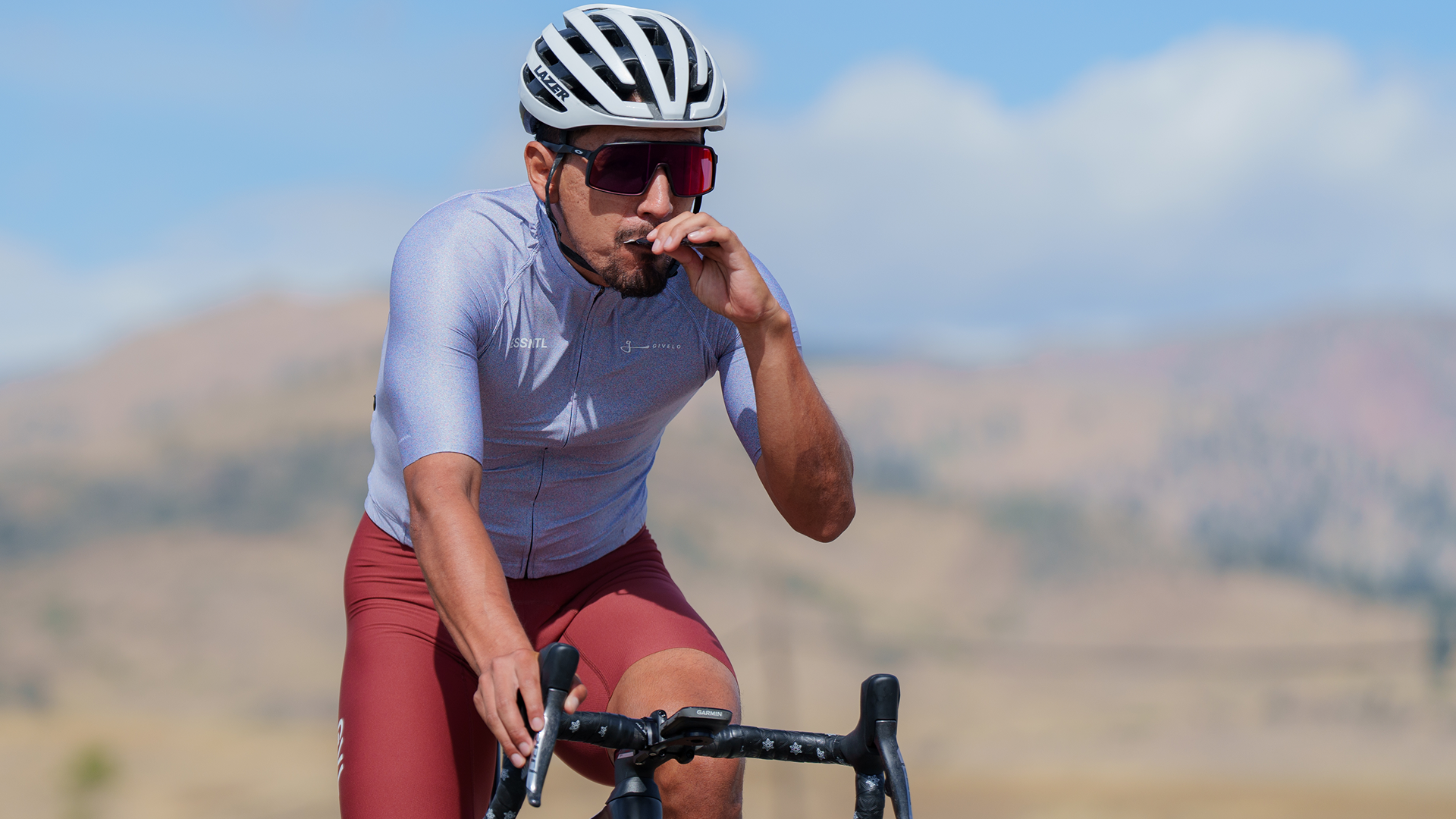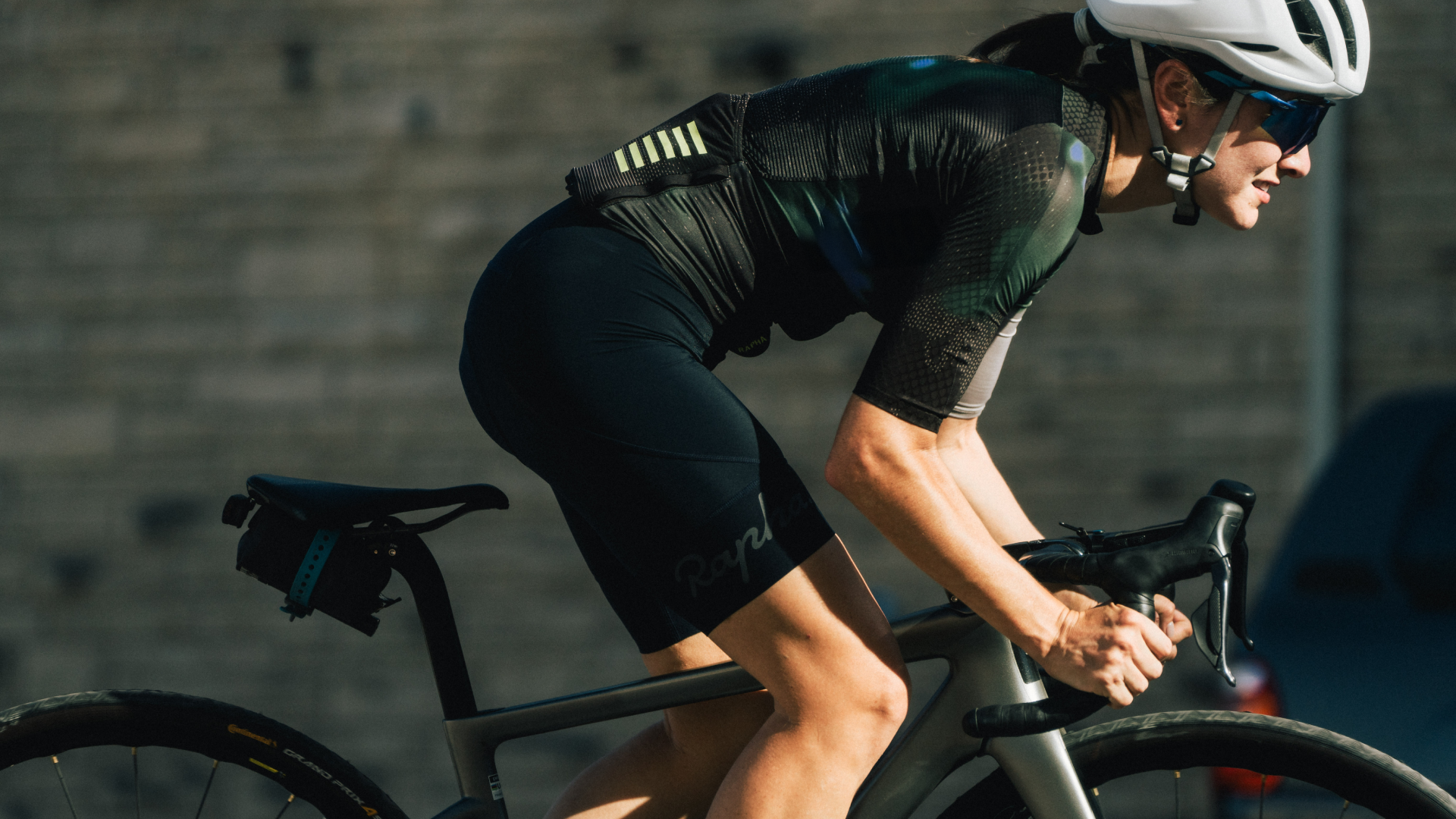人体一级高清图片搜索
Exercise physiologist Dr. Iñigo San-Millán joins the show to give a deep dive into the science of fueling for endurance performance. A coach with WorldTour cycling’s Team UAE’s performance program and now the director of high performance at Team Athletic Club in the Spanish Premier League, Dr. San-Millán brings decades of research and real-world coaching experience to training science.
TrainingPeaks host Dirk Friel and San-Millán break down the new Fueling Insights feature within TrainingPeaks—a tool designed to help coaches and athletes better understand, predict, and optimize substrate utilization during cycling workouts. Learn why “one-size-fits-all” nutritional advice can be risky, how the top cyclists are fueling rides, what metrics and lab tests matter—or don’t—and how fueling strategies should change based on workout intensity and individual athlete profiles.
Whether you’re a coach, competitive cyclist, or fitness enthusiast, this episode is full of takeaways, different perspectives on exercise science, and tips to help you leverage Fueling Insights for smarter training and better recovery.
Whether you’re curious about SUP racing, endurance coaching, or just want a peek behind the paddle, this episode is full of valuable coaching and training tips.
Standout Quotes
Metabolism Differs Among Elites and Regular Athletes: “Someone that’s a world-class athlete is going to have a completely different metabolism and a completely different fat oxidation and mitochondrial function and lactate change capacity than someone who’s a more or less active individual. So, you know, the metabolism varies largely among individuals, but mainly among individuals from one category. Within the same category, there’s not so much variation.”
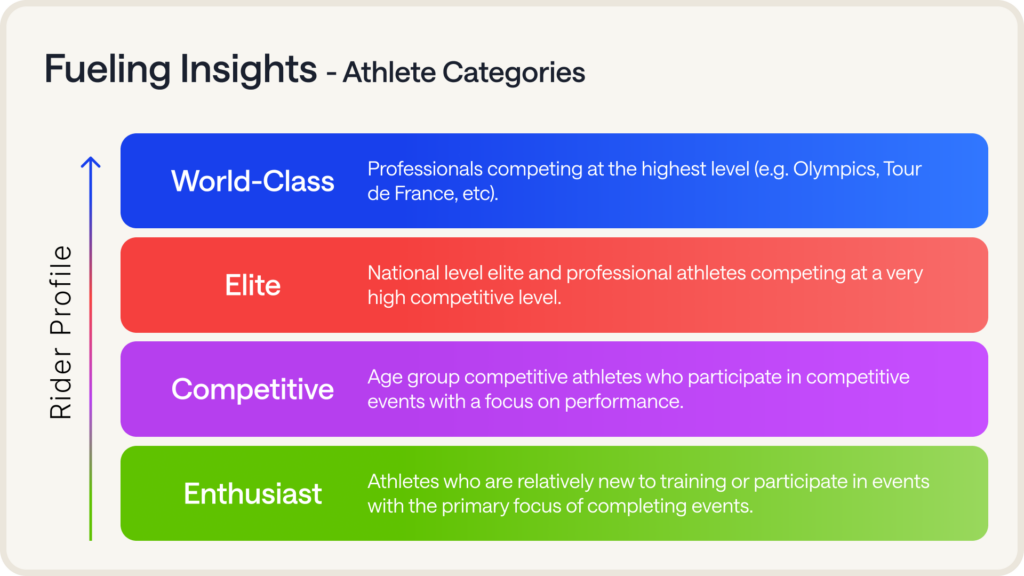
Pushing Conventional Fueling Approaches: “Obviously, back in the days, you know, saying 100 grams an hour, it was crazy. I was crucified by most of the scientific community and nutritionists because it was absolutely “impossible to have 100 grams an hour.” Quietly, I keep pushing it and pushing it and even starting doing 125 grams per hour.”
“…once I saw that [test subjects] were burning so much carbohydrates at different exercise intensities, I took that to the next, step, which was, OK, now we need to fuel these people correctly.”
Learning from the Research
Metabolic Switching in Skeletal Muscle: “When you are switching from the slow-twitch muscle fibers to recruit more fast-twitch muscle fibers, which are more glycolytic, and therefore they cannot oxidize much fat and and therefore they don’t have as many mitochondria, that is telling you that, you’re on the verge of [not being in Zone 2.]
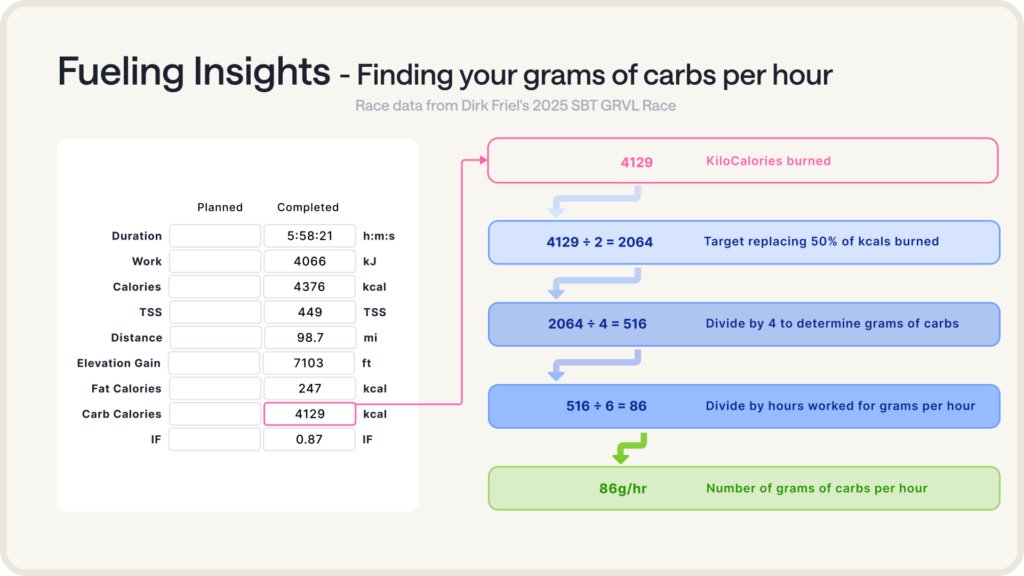
“It’s a misconception out there that at low exercise intensities you burn all the fat. And sometimes that misconception comes from people like me.”
Learning from the Research
Fasted Training and Fueling Insights: “This is well researched, right? When you are in the fasted state, you burn less carbohydrates and you burn more protein. This is what we don’t recommend that much, because you can get into, like, a dangerous terrain where you can elicit more of a catabolic state. It’s been shown in research that when you have a low glycogen content or when your glycogen stores decreases and you don’t replenish them, you start breaking down muscle protein for energy purposes. So you have the branched-chain amino acids, which can be turned into glucose, and that’s what gluconeogenesis is.
And then, you also have glutamine. Glutamine is an excellent source of energy that goes directly into mitochondria. And, so you increase glutamine utilization. But that comes from the muscle. So you would tend not to do that to avoid overtraining, fatigue, and catabolic states. But if you choose to do that, for whatever the reason, yes, it’s important to keep in mind that the Fueling Insights [numbers] might be off. How much off, I could not tell you that now. But it’s going to be off because it’s not physiological.”
Dr. Iñigo San-Millán Online
Twitter
Instagram

